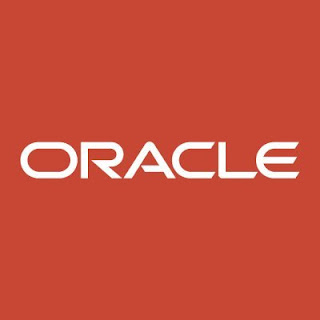What is Redis? Redis stands for Remote Dictionary server and it is a fast and open source in memory, it is a key-value data store . Redis is an open-source (BSD licensed), in-memory data store used as a database, cache, message, and streaming engine. Redis provides data structures such as strings, hashes, lists, sets, sorted sets with range queries, bitmaps, and hyperlogs. Redis has built-in replication, LRU eviction, transactions, and different levels of on-disk persistence, and provides high availability via Redis Sentinel and automatic partitioning with Redis Cluster. Redis supports most leading programming languages and protocols, including Python, Java, PHP, Go, Ruby, C/C#/C++, JavaScript, Node.js, and many more. Redis is open-source software released under the terms of the three clause BSD license. Most of the Redis source code was written and is copyrighted by Salvatore Sanfilippo and Pieter Noordhuis. A list of other contributors can be found in the git history. Redis a




